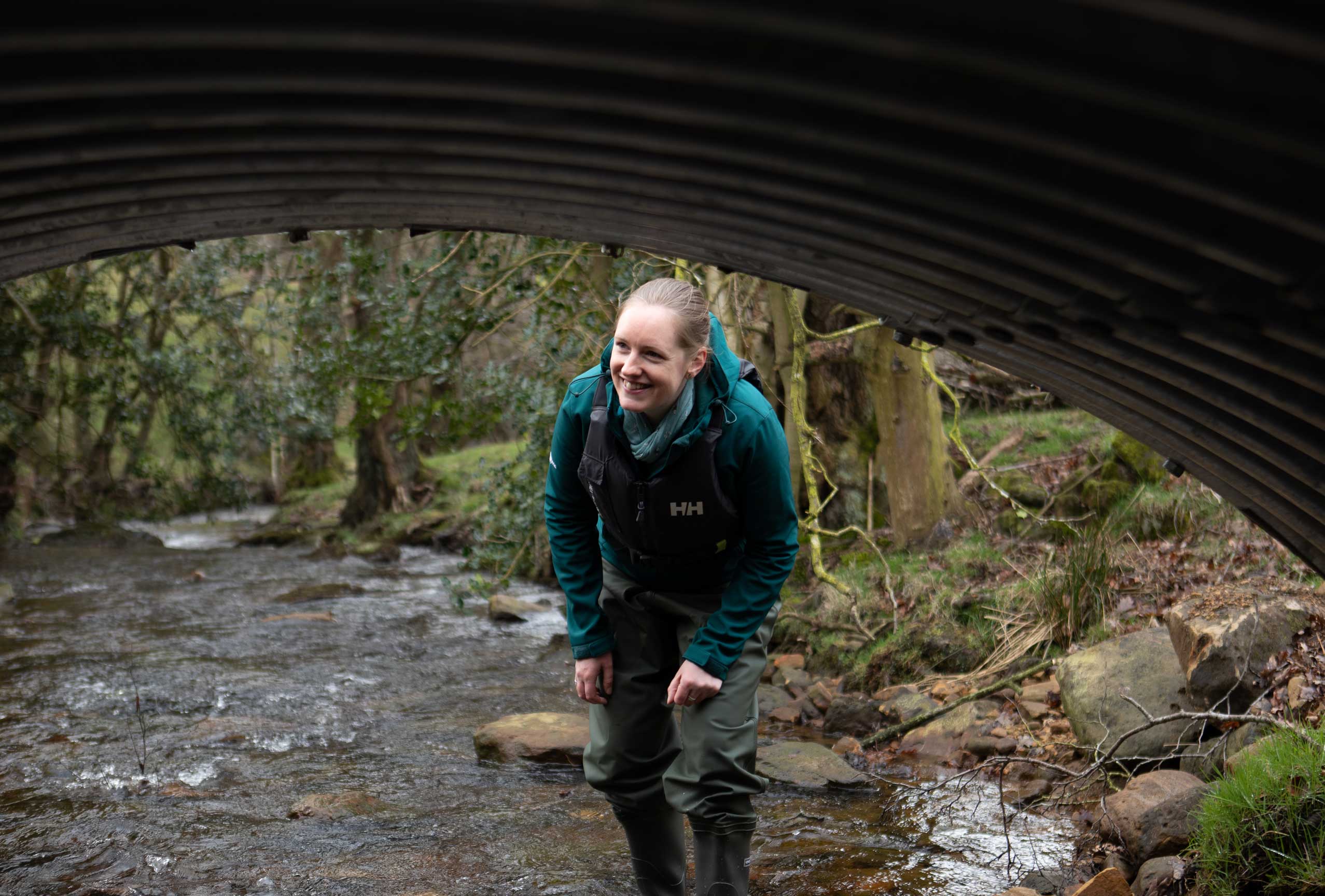As part of our Ryevitalise project, funding is available to farmers, land owners and land managers for a range of work, from fencing, water troughs, river restoration, tree planting, habitat restoration and more.
The size of the grant varies widely. It can be used towards smaller scale projects, such as hedgerow creation, or can be used for larger initiatives, such as the improvement of a farm access bridge to improve water flow in a river.
All grants are allocated to meet the wider aims of Ryevitalise, which is to conserve, enhance and restore the natural heritage of the River Rye, its tributaries and surrounding landscape.

Explore the below examples of the type of schemes we can support through our grant.
If you are interested in any of these options, or in conservation opportunities generally, please email us.
